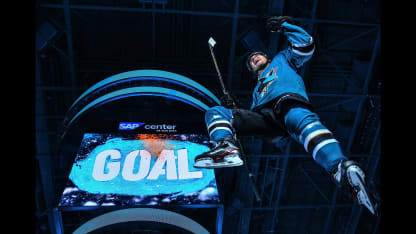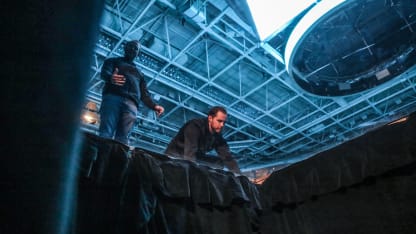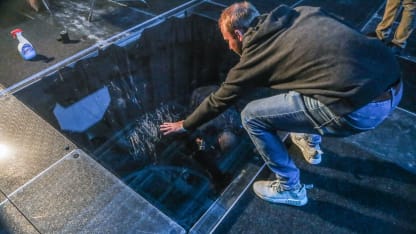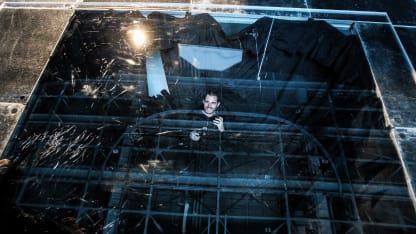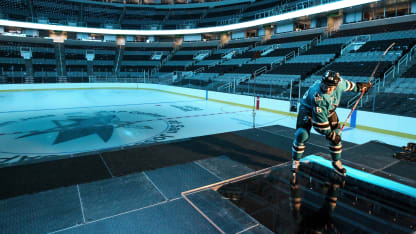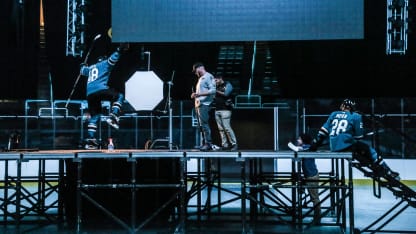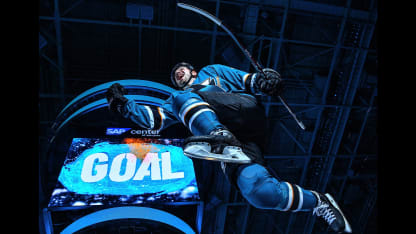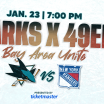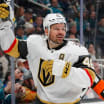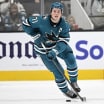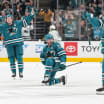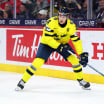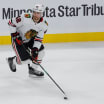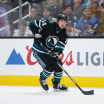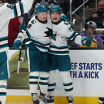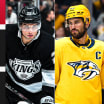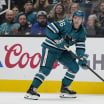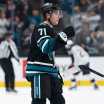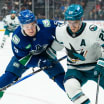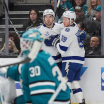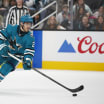I had a general idea of how to make this concept come to life with a large piece of plexiglass. The first time I saw it was from my old mentor Donald Miralle, who shot Bryce Harper of the Washington Nationals back in the day.
A few other photographers have done this before with plexiglass, but almost all of them were outside with the sky as the background or a blacked-out background.
I hadn't seen it done with a hockey player and I wanted to use the inside of SAP Center as my backdrop.
It is really hard to find or create a truly original image that hasn't been done before, but what you can do is see what other people have created and make a version that is your own. Be inspired but different.
I wish I could say it is super easy to come up with an idea and execute it, but in reality, there are a lot of hoops to jump through.
Not only was there the cost of the plexiglass which was a little over $4,000, but I had to:
Besides getting everything approved and getting a TON of help from my co-workers, I still had a lot of planning to do.
I'm pretty comfortable when it comes to lighting portraits and usually, when I try something new, I set it all up and test it out beforehand. This wasn't exactly possible in this case for multiple reasons, so I had to sketch out some examples of what we needed to build and how we would light it.
The plan was for a four-light setup. One key light, two massive reflectors with grids down the ice to help separate the player from the background and one constant light on the player to help my camera so it could focus.
Then we had to figure out how to build the stage to put the plexiglass on. Fortunately, our building guys have built many stages before since we have concerts and other live events come to SAP Center regularly.
I provided the dimensions of the plexiglass to them (9 feet x 6.5 feet and 1.5 inches thick) and they built a stage that had a hole for us to fit the plexiglass in - almost like a glass-bottom boat.
Even though I would be shooting through the glass, I would see any and all reflections from below. In order to avoid this, I needed to blackout everything around me including myself, so we created a box with black drapes, and I dressed in black as well.
Here is what it looked like from above and below:
